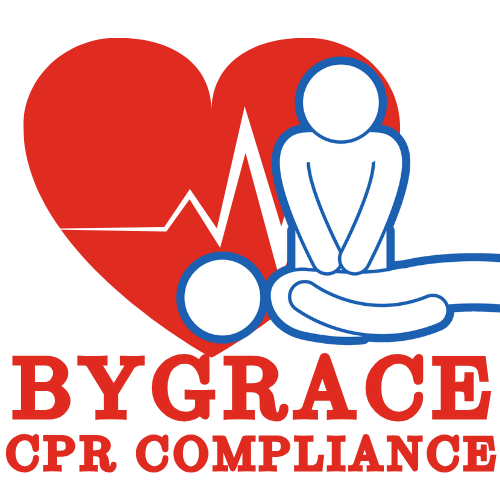
Sarcoidosis is a mysterious condition where the immune system goes a bit haywire, causing inflammation and the formation of tiny lumps or nodules called granulomas. These can develop in various organs, most commonly the lungs and lymph nodes.
Sarcoidosis is a rare disease, so it can be difficult to find specific statistics on its prevalence in the United States. However, some studies have estimated that the prevalence of sarcoidosis in the US is between 10 and 40 cases per 100,000 people. Most cases are diagnosed in adults aged 30-50 years, and it is more common in women than men.
One statistic that might be of interest is the mortality rate of sarcoidosis. In the US, the overall mortality rate for people with sarcoidosis is about 1-2%. This means that out of 100 people with sarcoidosis, 1-2 of them will die from the disease. However, it’s important to note that mortality rates vary depending on the severity of the disease and the specific organs affected. There are also racial disparities in mortality rates, with black patients being more likely to die from sarcoidosis than white patients. Do you have any other questions about sarcoidosis?
Human
Symptoms can range from nonexistent to pretty bothersome, depending on which organs are involved. Sometimes it clears up on its own, but in other cases, it may need treatment. The cause is unknown, making it a bit of a medical enigma.
Causes
The exact cause of sarcoidosis is still a puzzle for the medical world. It’s believed to involve an abnormal immune response, where the immune system overreacts to an unknown substance. Some theories suggest genetic factors may play a role, as it seems to occur more frequently in certain populations.
Researchers suspect it involves a combination of genetic and environmental factors. Some theories propose that exposure to certain substances, like dust or chemicals, might trigger the immune system in susceptible individuals. There’s also a genetic component, as the condition appears to run in families. However, the specific environmental triggers and the exact mechanisms behind the immune response are still being unraveled.
Symptoms
There are many different symptoms that can occur with sarcoidosis, and they can vary depending on which organs are affected. The most common symptoms include fatigue, night sweats, cough, joint pain, skin rashes, and red bumps on the skin. Some people witiuuh sarcoidosis may also experience fever, weight loss, eye problems, heart problems, or lung problems. Because the symptoms can be so varied, it can be difficult to diagnose sarcoidosis.
There are some less common symptoms of sarcoidosis that can occur in some patients. These include headaches, hearing loss, seizures, muscle weakness, numbness, problems with memory or concentration, and changes in mental health. It’s important to remember that not all people with sarcoidosis will experience all of these symptoms. The symptoms can also vary in intensity and may come and go over time.
Diagnosis
Sarcoidosis can be difficult to diagnose because the symptoms can be vague and similar to other diseases. A doctor will usually start by asking about a person’s medical history and symptoms, and then do a physical exam. Blood tests, imaging tests, and lung function tests may also be done to help diagnose sarcoidosis. Sometimes, a biopsy of the affected tissue is necessary to confirm the diagnosis. Because there is no single test that can definitely diagnose sarcoidosis, the doctor will usually consider all of the available information to make a diagnosis.
Treatment
The treatment for sarcoidosis depends on a number of factors, including the severity of the symptoms and which organs are affected. The main goal of treatment is to relieve symptoms and reduce inflammation. In some cases, no treatment is necessary. For people with mild symptoms, the doctor may recommend close monitoring without treatment. For people with more severe symptoms, the doctor may recommend medication to reduce inflammation, such as corticosteroids. Sometimes, other medications or surgery may be necessary to treat specific organs affected by sarcoidosis.
The most common type of medication used to treat sarcoidosis is corticosteroids, such as prednisone. These medications work by reducing inflammation. However, they can also have side effects, so the doctor will usually try to use the lowest dose possible to control the symptoms. In some cases, other medications may be necessary, such as methotrexate, hydroxychloroquine, or azathioprine. These medications are typically used in combination with corticosteroids.
Key Takeaways
Here are the key takeaways:
- Sarcoidosis is a rare disease that causes inflammation in the body.
- The exact cause of sarcoidosis is unknown.
- Symptoms of sarcoidosis can be vague and can vary from person to person.
- Diagnosing sarcoidosis can be challenging, but blood tests, imaging tests, and biopsies may be done.
- Treatment for sarcoidosis may include medications to reduce inflammation, such as corticosteroids.
Bottom Line
Sarcoidosis is a rare but potentially serious disease that requires a thorough diagnosis and treatment plan. Most people with sarcoidosis will have a good prognosis, but some people may experience long-term health problems. Early diagnosis and treatment is important to reduce the risk of complications. The exact cause of sarcoidosis is still unknown, but research is ongoing to find the answers.

0 Comments